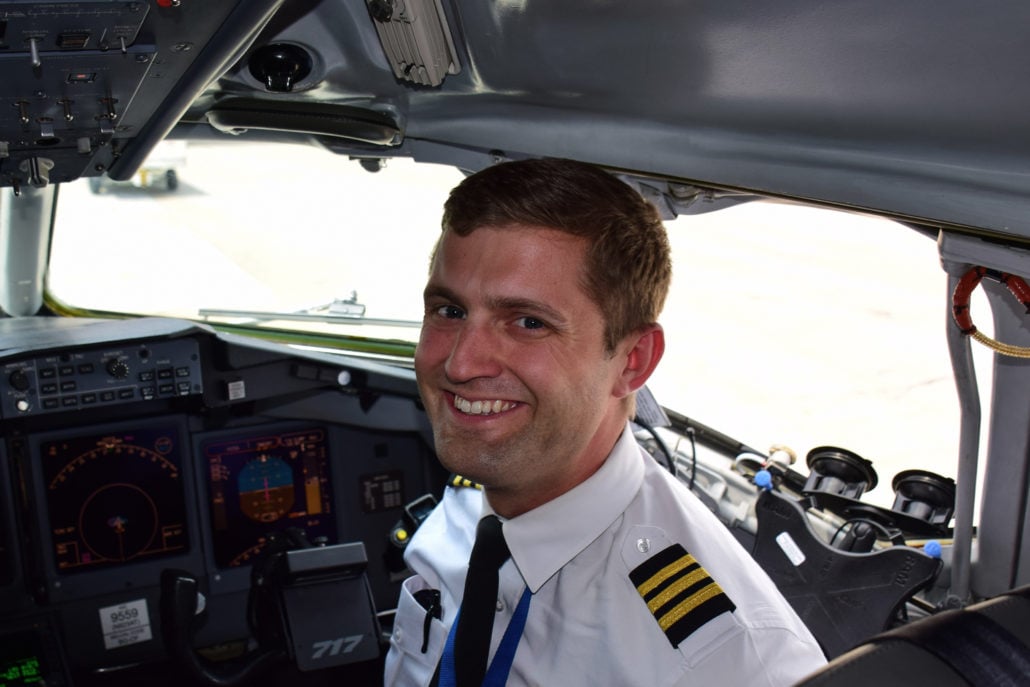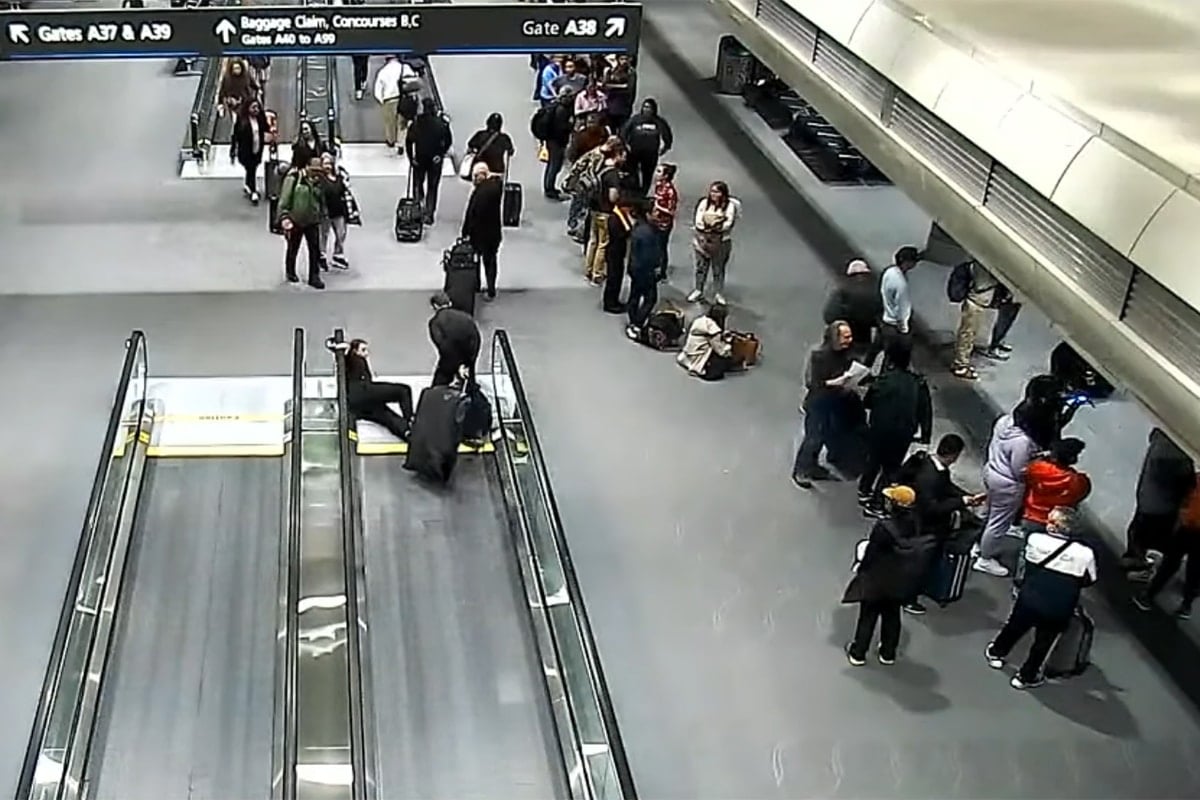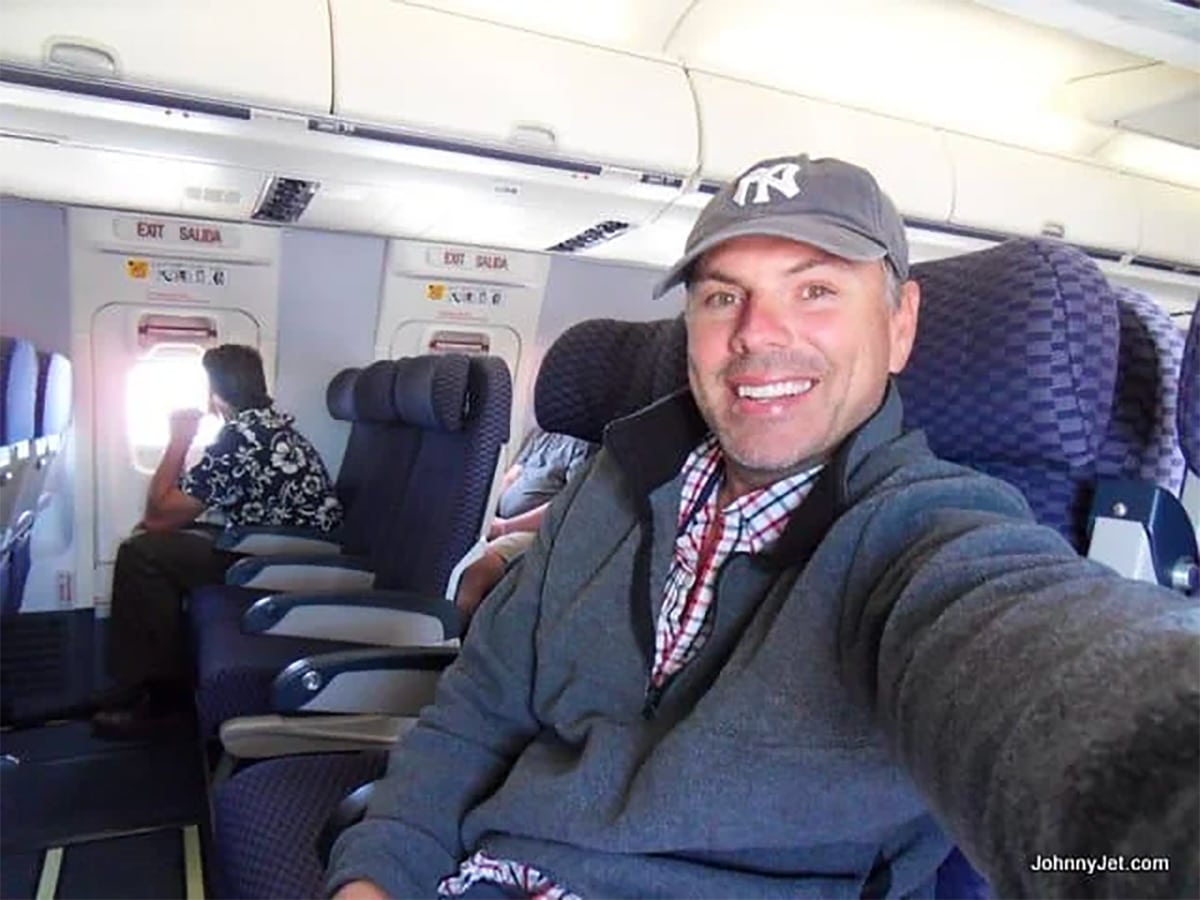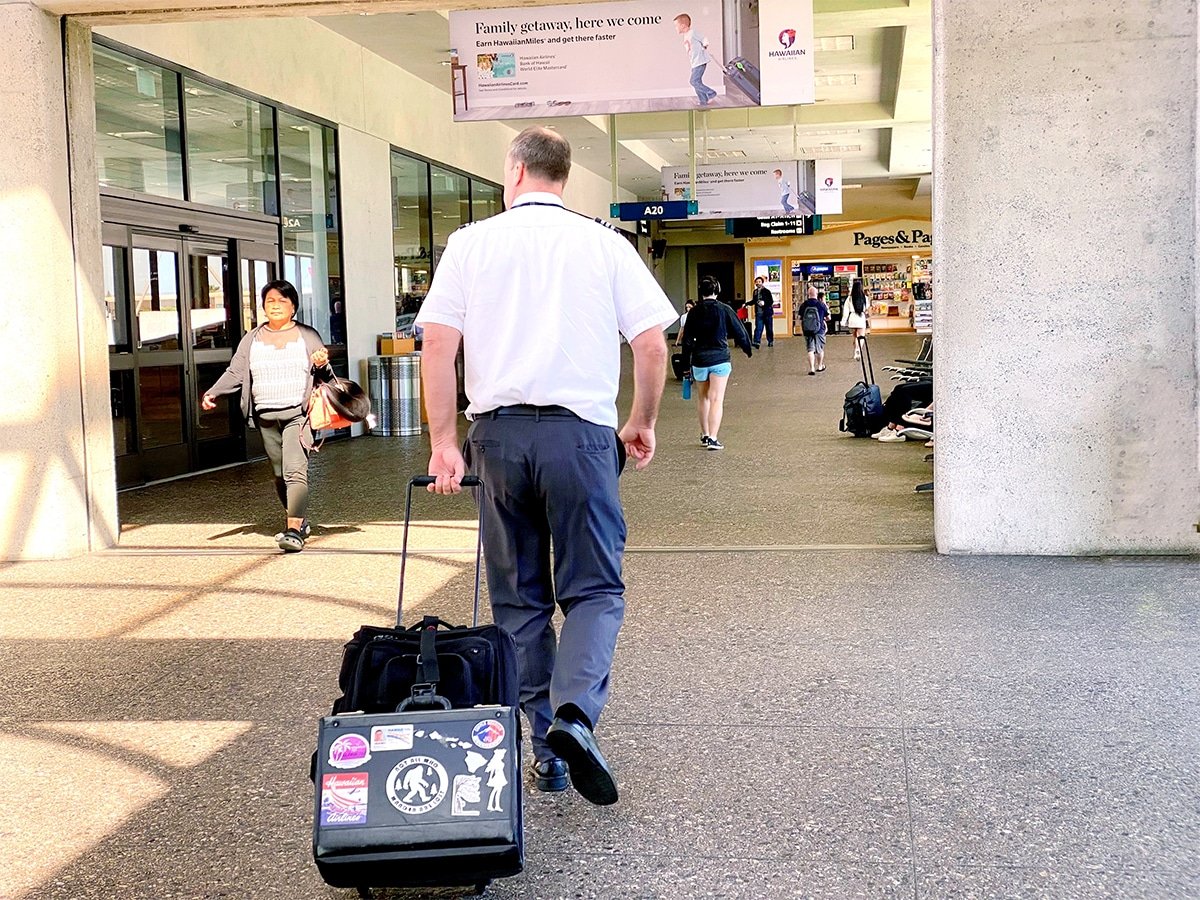
In our Ask a Pilot series, pilot Spencer Marker answers one of your aviation-related questions each week. See past installments here and submit your own to Whitney@johnnyjet.com.
The question
Hey Spencer, why do the pilots rev the plane’s engines after landing?
—Paul
The answer
Hey Paul. Thanks for writing in for this weeks Ask a Pilot. The sound you’re hearing after a plane lands is the pilots engaging reverse thrust. Pilots employ this, in addition to brakes and spoilers (the panels that pop up on the top of the wing), to bring the airplane to a safe stop after landing. Their name leads to some misconceptions about how they work, so I’ll try to clear those up.
How it works
A thrust reverser is simply a mechanism on the aircraft that redirects air that would normally be blown out of the back of a jet engine to be blown sideways and forward instead. A common misconception about reverse thrust is that the engine is actually running in reverse, blowing air out of the front! When I was young, I too thought that’s how it worked. As cool as that would be, it isn’t the case.
Thrust reversers are used in conjunction with the wheel brakes to slow the airplane down after landing or after an aborted takeoff. After touchdown, a pilot will deploy the thrust reversers and select maximum reverse. This action causes mechanical blocker doors on the engine to open. Once the doors are fully deployed, engine thrust is actually increased. This increased airflow is then directed forward, causing the airplane to slow down.
With very few exceptions, reversers can only be deployed on the ground. Exceptions include the Douglas DC-8, which could open two reversers in flight to increase its rate of descent, and the Russian Ilyushin IL-62, which deploys its reversers moments before landing. There are great YouTube videos of both aircraft and their unique use of reverse thrust! While most modern passenger aircraft today have thrust reversers, there are a handful that do not.
Power-back
Years ago, airlines would also use reverse thrust to back airplanes away from the gate. This was called a power-back. After coordinating with the ground crew, pilots would start both engines at the gate, then select reverse thrust to slowly back away from the gate. After they had pulled far enough from the gate, forward thrust was selected to bring the airplane to a stop. The practice fell out of favor with rising fuel prices and the increased risk of engine damage from debris ingestion.
Types of thrust reversers
Currently, most modern jet aircraft employ either a target-type reverser or a cold stream-type reverser. Both systems block air from moving backwards and redirect it forward, but how each operates is slightly different from the other.
The target-type reverser uses a pair of large doors on the back of the engine. Upon activation, these doors close behind the engine outlet, blocking the flow of air and directing it forward. Aircraft like the Embraer ERJ-145, McDonnell Douglas MD-80 and the Boeing 717 make use of this type of reverser.
Cold-stream reversers are primarily found on large diameter engines, like you’d find on a 777 or A380. This type uses an internal series of doors to block the flow of cold air (we call this bypass air, or air that is blown out of the back of the engine but not used in combustion). Externally, these engines have a sleeve that slides backward to expose vents that direct the exhaust air forward.
Fun fact: The mammoth Airbus A380 only has reversers on two of its four engines. This is because the outboard engines hang over the edge of most runways. Reversing these engines could cause rocks and other debris to be kicked up and sucked into the engine, causing damage.
Propeller airplanes also employ reverse thrust. Using their controllable pitch propellers, pilots of these aircraft can reverse thrust by selecting their propeller blades to a negative pitch angle. This reverse pitch directs airflow forward. Pilots of these airplanes refer to their reverse capability as the Beta Range.
To sum up
Thanks for writing in, Paul. I’m always happy to explain the mechanical workings of things that passengers experience when they fly, but may not fully understand. I hope this sheds some light on an aircraft component that pilots make use of everyday.
If anyone have a burning aviation question or something you would like cleared up, drop us a line at Whitney@johnnyjet.com to get your question featured in an upcoming Ask a Pilot column.
Tailwinds,
—Spencer







